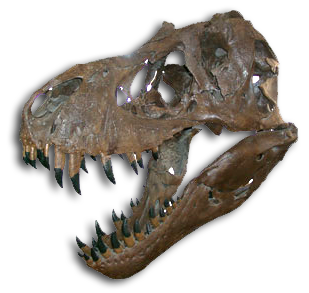Item Number
3028
Type
image
Description
Ammonite
Size
9x15x15
Age
~ Mesozoic, Cretaceous
Status
in inventory
Display/Storage
Display
Building
Zuhl Museum
Original Site
Morocco
Date Acquired
2001
Source
Geo-Expert, Germany
Gallery/Room\Floor
History of Life Gallery
Notes
Ammonites, related to the modern-day nautilus, are from a group of extinct marine mollusks in the subclass Ammonoidea. These predatory sea creatures maintained a diet of shrimp, starfish, and other small marine animals. In modern times ammonite fossils are used as index fossils because of their wide geographic distribution, well-defined period of existence in Earth’s history, and their ability to be easily identified at the species level. Index fossils are used to help determine the relative age of rock layers.
Preview

Description
Ammonites, related to the modern-day nautilus, are from a group of extinct marine mollusks in the subclass Ammonoidea. These predatory sea creatures maintained a diet of shrimp, starfish, and other small marine animals. In modern times ammonite fossils are used as index fossils because of their wide geographic distribution, well-defined period of existence in Earth’s history, and their ability to be easily identified at the species level. Index fossils are used to help determine the relative age of rock layers. 18
Keywords
Ammonite Ammonites, related to the modern-day nautilus, are from a group of extinct marine mollusks in the subclass Ammonoidea. These predatory sea creatures maintained a diet of shrimp, starfish, and other small marine animals. In modern times ammonite fossils are used as index fossils because of their wide geographic distribution, well-defined period of existence in Earth’s history, and their ability to be easily identified at the species level. Index fossils are used to help determine the relative age of rock layers. 2001 ~ Mesozoic, Cretaceous Fossil
Keywords
Ammonite Ammonites, related to the modern-day nautilus, are from a group of extinct marine mollusks in the subclass Ammonoidea. These predatory sea creatures maintained a diet of shrimp, starfish, and other small marine animals. In modern times ammonite fossils are used as index fossils because of their wide geographic distribution, well-defined period of existence in Earth’s history, and their ability to be easily identified at the species level. Index fossils are used to help determine the relative age of rock layers. 2001 ~ Mesozoic, Cretaceous Fossil


